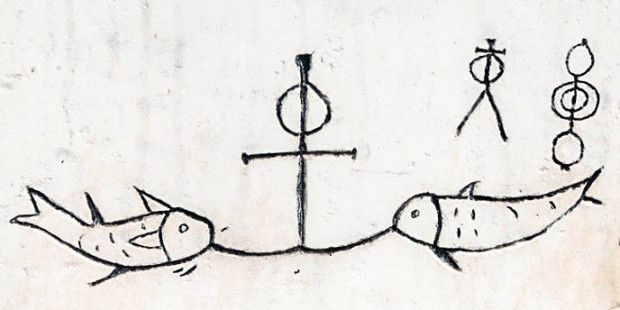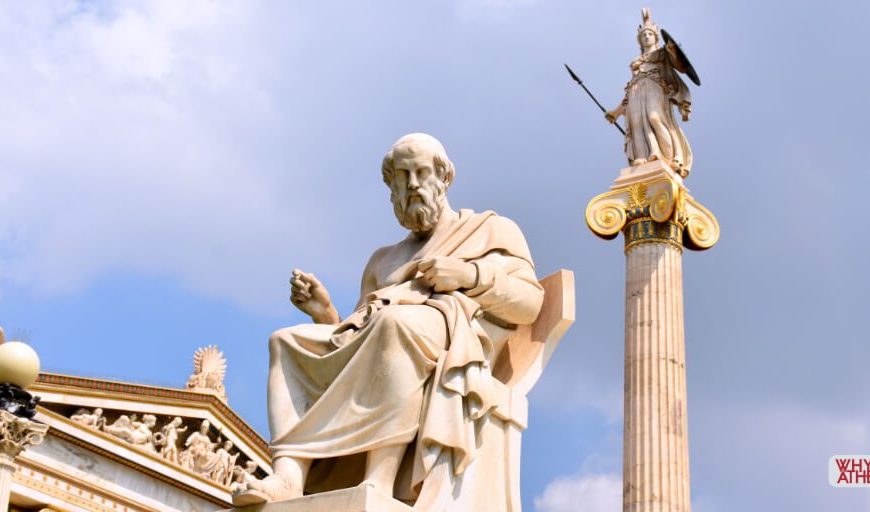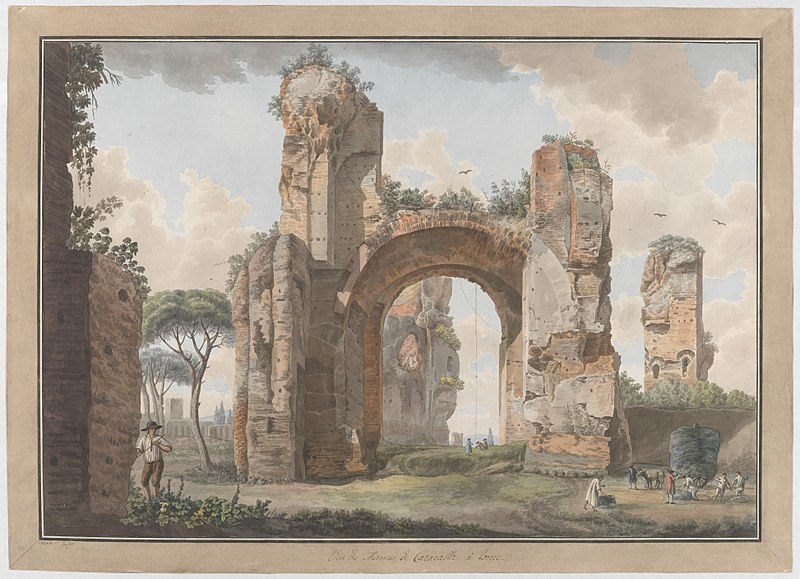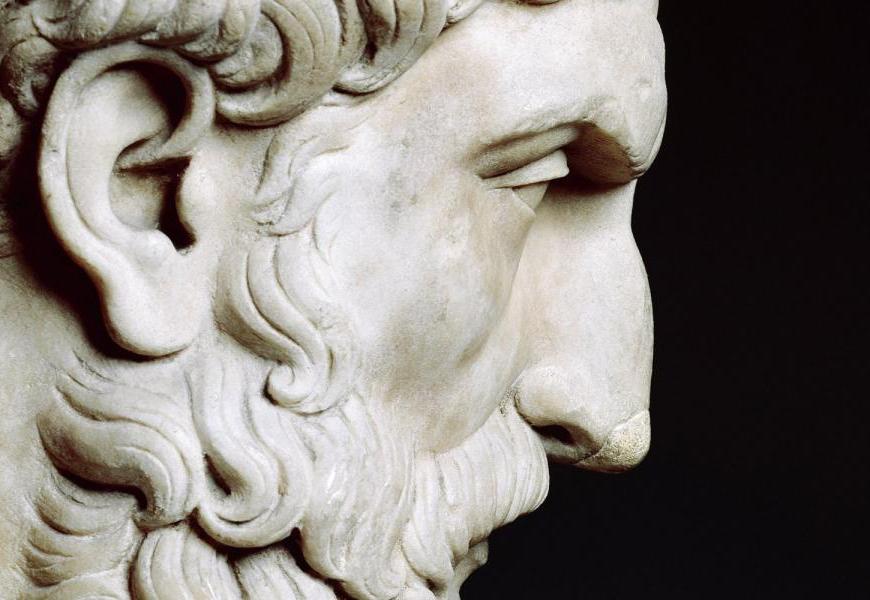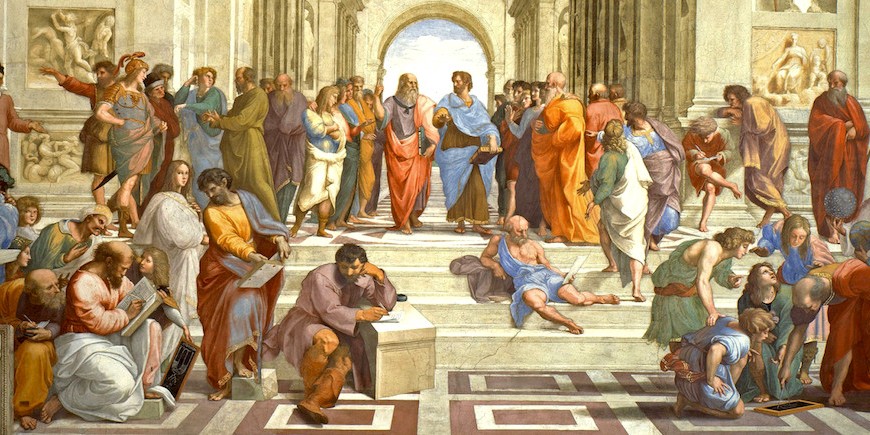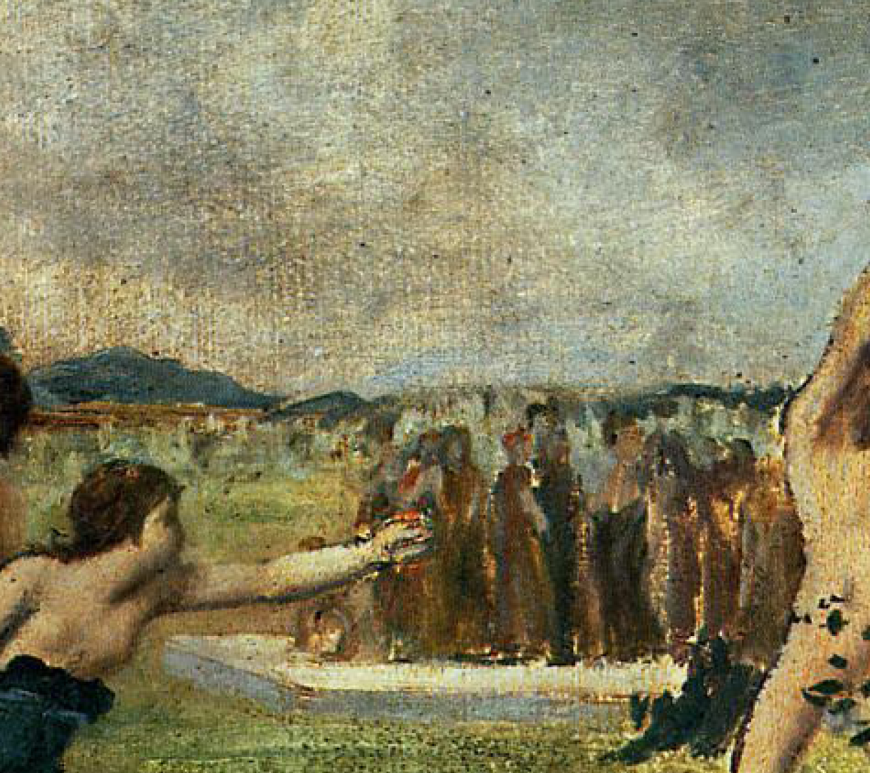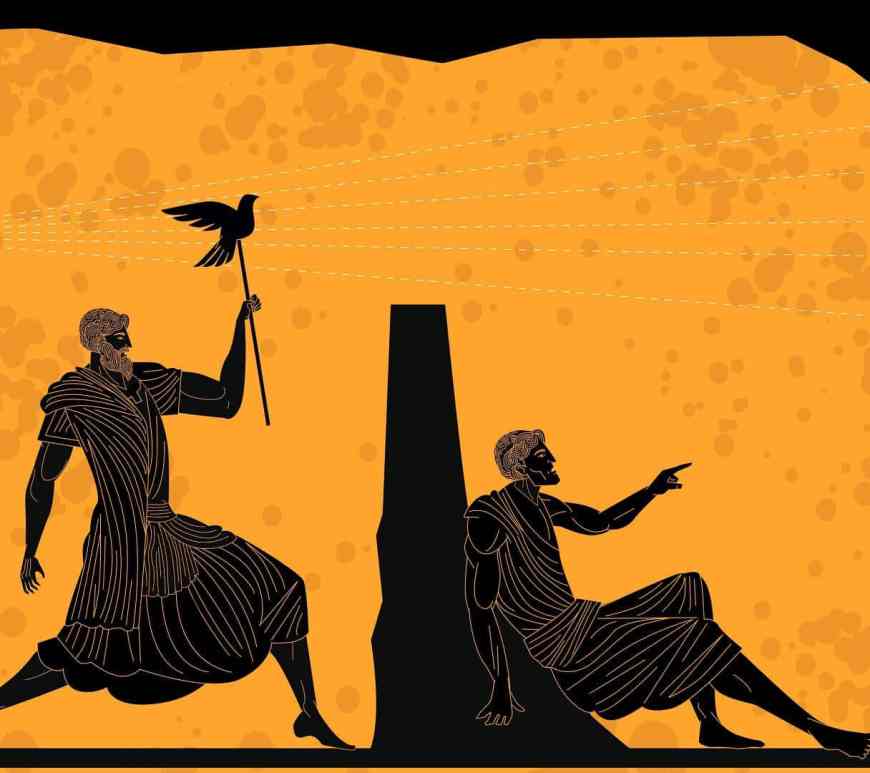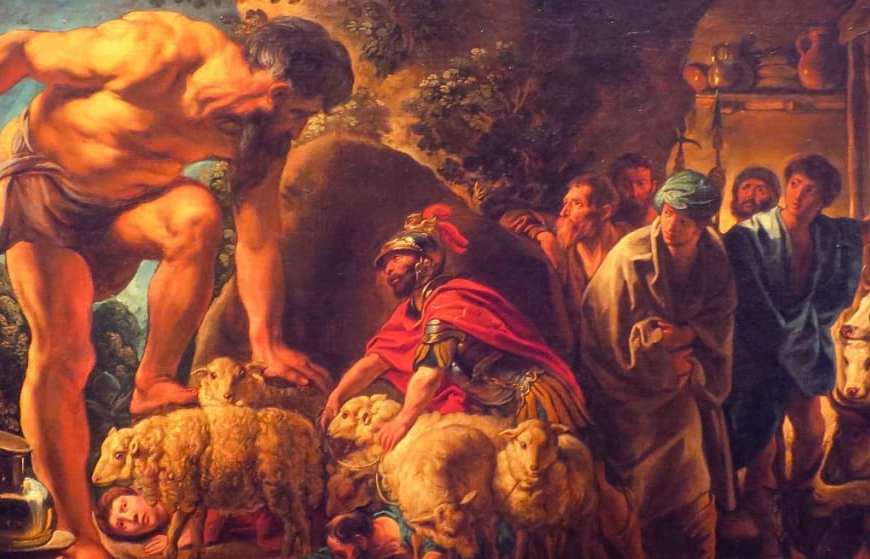 Sticky post
Sticky post
The Benedictine Monks | The Rule Of St. Benedict | Western Civilization I – Lesson 70
Based on the book, Rule of St. Benedict, one can grasp a clear understanding of the ways the Benedictines lived in the monastery. Rule of St. Benedict is a guidebook established by St. Benedict the founder of the Benedictine religious order. In his guidebook, Rule of St. Benedict, he conveys guidelines on how to live a life that will please God whilst living in his … Continue reading The Benedictine Monks | The Rule Of St. Benedict | Western Civilization I – Lesson 70

